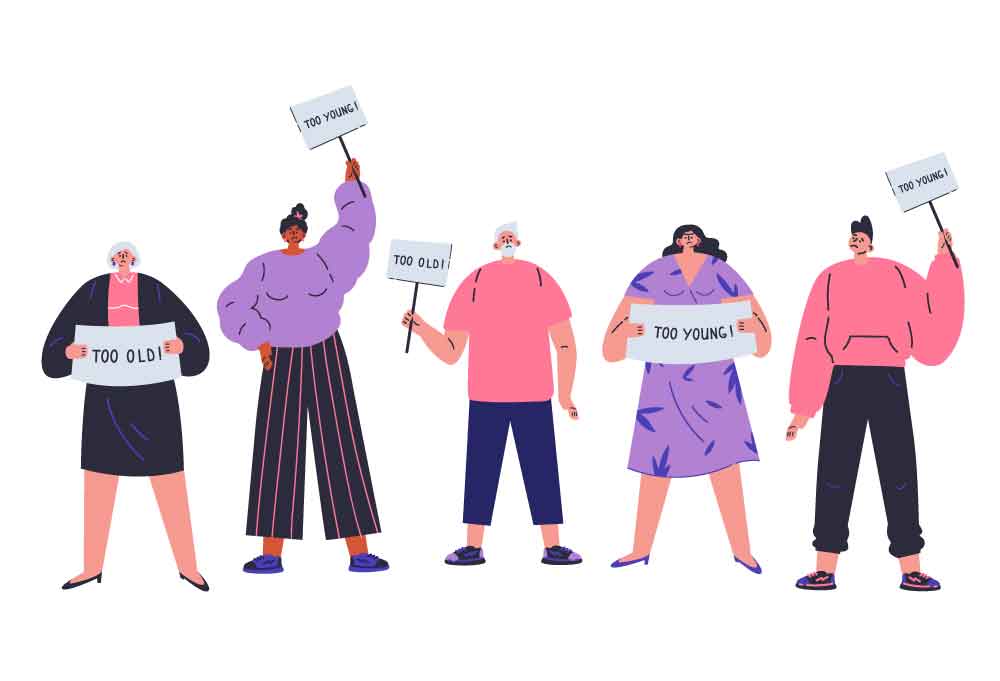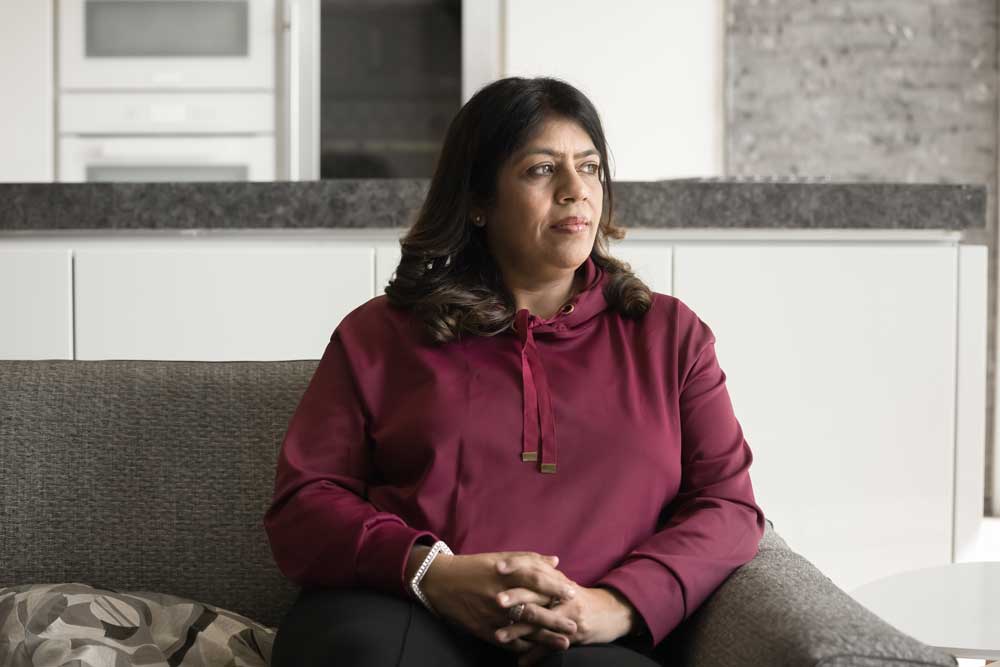People take to ageing differently at different stages in their life. Ageing isn’t easy on anyone, but it may be harder for women due to a social phenomenon known as Invisible Woman Syndrome. Middle-aged women frequently experience the strong feeling of being invisible.
At the half-century mark, men are generally seen as having reached the pinnacle of their personal and professional careers, frequently serving as leaders of organisations and businesses, and being successful and seasoned. This contrasts with women, whose primary selling point is touted to be their physical attributes, and that’s the story most brands sell us.

Feeling irrelevant is a problem that is exacerbated by the cultural emphasis on youth and is associated with changes in physical beauty. When faced with work retirement, ‘empty nests’ at home, and a decline in their desirability to romantic partners, some women feel as though their position or purpose in life is over. As their appearance is devalued in the eyes of the public, this can have a significant impact on their sense of self-worth and self-image.

The shocking truth is that statistics support these women's sense of invisibility. There are barely any statistics available on the assets, work, health, domestic violence, and sexual abuse, for women around the age of 49 onwards. This boundary can be explained by the skewed focus on women who are of reproductive age. Women over 50 are the subject of less data collection and analysis (as if they no longer matter).
Many people believe that women are disproportionately affected by ageism and sexism at this point in their lives. According to studies, women today aspire to meet aesthetic standards because they understand the link between social status and beauty.

Aanchal Choudhary Ahuja, Clinical Psychologist (Lissun) explains that ageing is a natural part of life, yet the way we experience it is deeply shaped by culture and societal expectations. While men often enter their fifties and beyond with a growing sense of status and authority, women frequently face an unexpected and painful challenge: a slow slide into invisibility.
Despite being at a stage in life where they hold immense knowledge, emotional intelligence and lived experience, many women report feeling overlooked in workplaces, public spaces and even within their own families. Invisible Woman Syndrome reflects the unconscious belief that a woman’s value is tied to youth, beauty and caregiving roles. Once those visible markers shift, society tends to look past her, not at her.

Invisibility is not a natural part of ageing, it’s a cultural narrative. And like any other narrative, it can be rewritten. It starts with self-reclamation. Women over 50 need not shrink or blend in. This is the perfect stage of life to explore passions, pursue long-delayed interests, and take up space without apology.

Whether it’s restarting a career, joining a book club, travelling solo, or simply speaking up at a meeting, every act of showing up chips away at the outdated belief that value declines with age. Equally powerful is collective visibility. Communities (both offline and online) where women share experiences help create an echo that the world can’t ignore. When women over 50 talk about their lives, openly and confidently, they give others inspiration to do the same. This also requires representation. Brands, media, employers and policymakers must actively reflect the diversity and relevance of older women, not as stereotypes, but as leaders, creators, innovators, mentors and thinkers.
And finally, we need a simple cultural shift: look up to older women. Ask for their opinions. Hear their stories. Amplify their perspective. Because the truth is, women don’t fade with age. They only grow sharper, stronger and more compelling. What needs to change is not the woman, but the world’s ability to see her through and through.